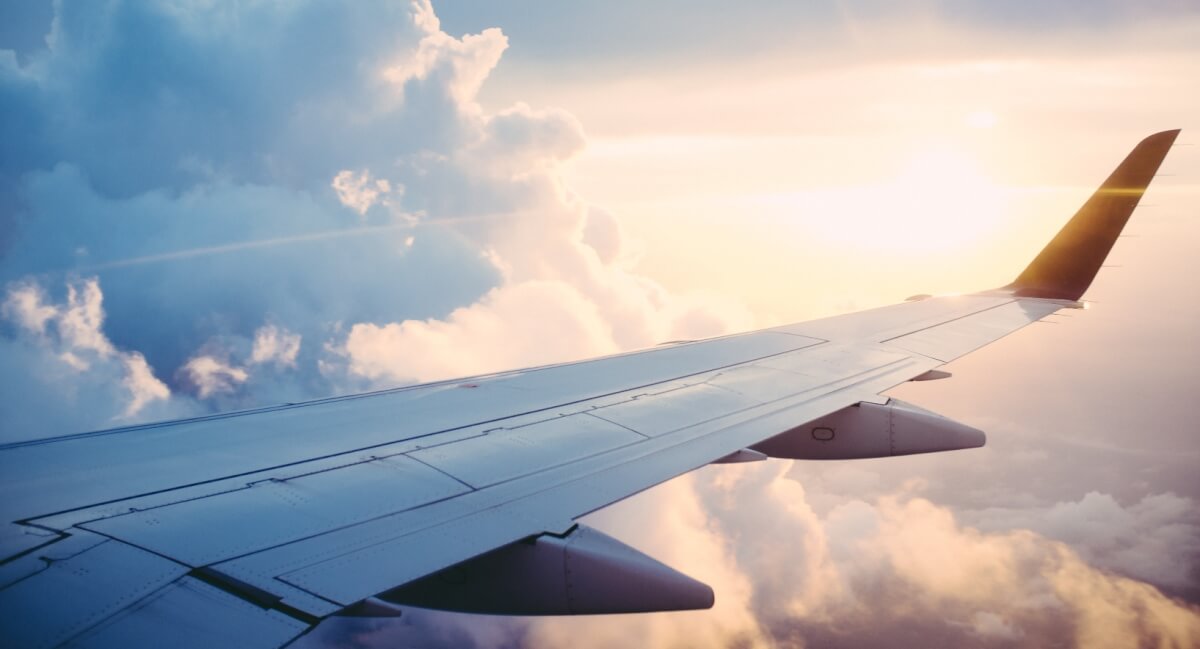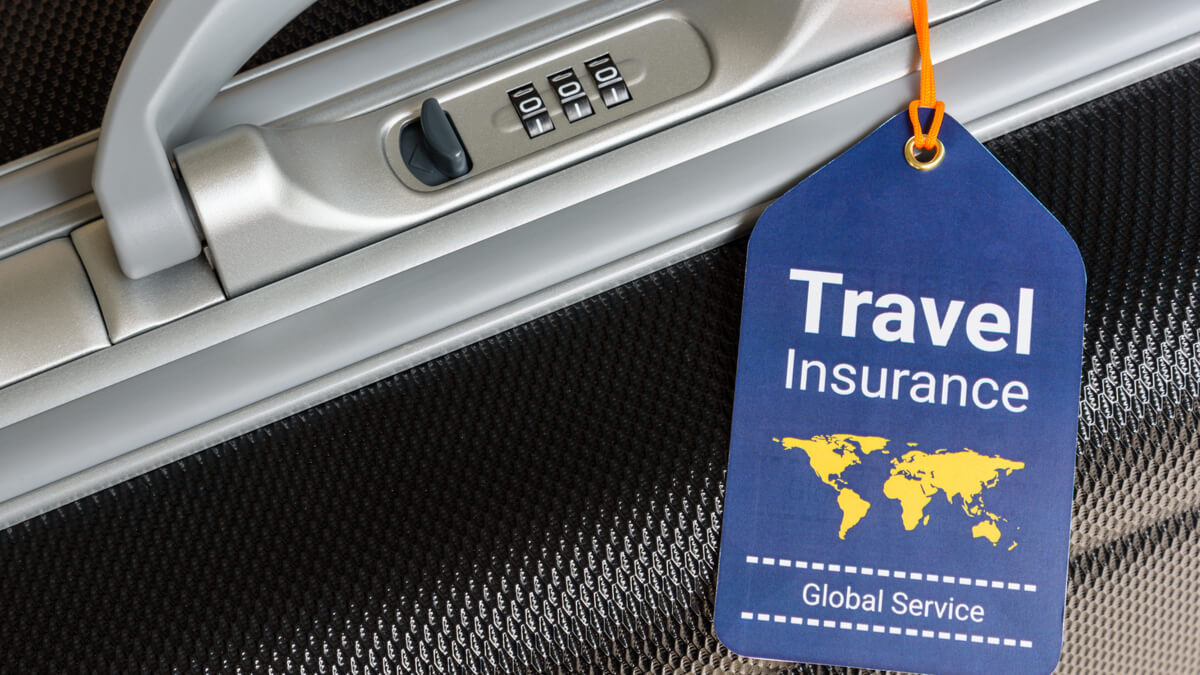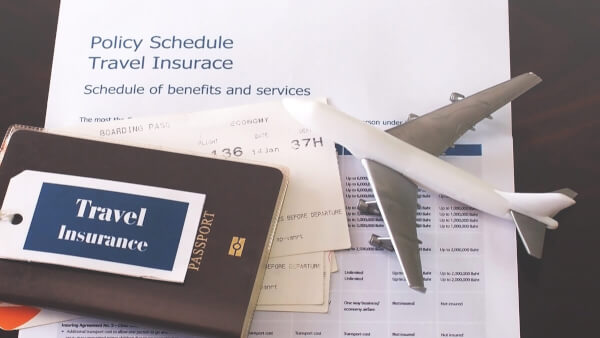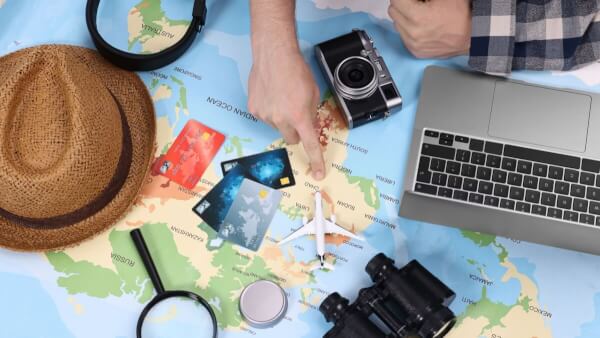Cover-More Travel Insurance Review - Your guide to coverage, pricing, claims and more
Planning your next trip? Our Cover-More travel insurance review covers all you need to know about coverage, pricing, claims process and more

Air New Zealand is the primary airline of New Zealand. Headquartered in Auckland, it operates flights to 20 countries worldwide, with a primary focus on the Pacific Rim. As you’d expect, they operate plenty of flights to and from Australia.
Just like any airline, Air New Zealand has baggage restrictions – rules limiting how much you can take with you on your flight. These rules often vary in quite subtle ways between different airlines, which is why we’ve put together this overview of exactly how much Air New Zealand allows you to bring.
One reason it’s important to know this, is that you might have to pay a fine if you bring too much. That’s just one way that any trip abroad can end up frustratingly expensive. For a cheap and convenient way to spend money abroad, check out Wise. As well as letting you send money abroad at the real mid-market rate, you can also get an international debit Mastercard, along with a multi-currency account, with no monthly account fees to pay at all.
But anyhow, here’s the Air New Zealand luggage allowance info you’re after.
First of all, don’t forget a key difference. There are two ways you can take luggage with you on a flight: carry-on luggage, and luggage that you check in.
Also, do remember: these rules are just for Air New Zealand. If you’re flying with other airlines too, even if you’ve booked the whole thing through Air New Zealand, you’ll need to double-check your luggage is compatible with their restrictions too.
This is luggage that you take with you onto the plane, to store in overhead lockers or under a seat. Air New Zealand’s carry-on luggage allowance includes:
If you’re flying Economy, your bag can weigh up to 7kg. Other passengers’ two bags can weigh up to 14kg combined, so long as neither is heavier than 10kg¹.
Passengers with more stuff – or just a larger suitcase – will need to check their luggage in at the airport. It’ll still be with you on the same flight, but you won’t actually see it again until after you land.
Air New Zealand’s checked baggage allowance varies, depending on what ticket you’ve got. So you’ll need to check carefully when you book. The number will be between zero and three; in most cases it’s likely one.
Your checked-in luggage can be:
If your luggage is above 23kg but less than 32kg, you can pay an excess baggage fare at the airport and they’ll take it if there’s space.
If you need an extra bag, you can buy one in advance².
Air New Zealand’s checked baggage fee isn’t a single number: because Air New Zealand includes luggage as part of your ticket price, it’ll vary depending on your trip. You’ll have a range of ticket options when you book, with a range of different prices and baggage allowances.
The good news is that the standard Economy option does include more than some airlines offer: carry-on luggage plus a small extra item, and also one item checked in.
If you want, you can buy extra space too. Bringing one extra bag on a domestic New Zealand flight will cost AUD 35, and on a flight to or from most Australian or Pacific Island destinations it’ll cost AUD 60. Elsewhere, the cost rises.
Bringing a second extra bag is more expensive: AUD 55 for domestic New Zealand flights, AUD 100 for most Australian or Pacific Island ones, and more again elsewhere³.
It’s definitely worth making sure you book space for all your baggage before you head to the airport. If you turn up there with more than you’ve booked for, you’ll probably have to pay an excess baggage fee, as will be explained later on.
You can, yes – just make sure you add up those dimensions to see if they fit the requirements, and it’ll simply count towards your Air New Zealand checked luggage allowance. There is a maximum length for sporting items of 2m. If it’s above that but less than 2.5m, it counts as an oversize item so you’ll have to pay extra.
Bikes are a special case, and Air New Zealand have specific rules for transporting bikes. You’ll need to follow their instructions carefully. You can buy a bike box from them at airports in New Zealand for NZD 25⁴.
If you bring baggage to the airport that exceeds Air New Zealand’s baggage allowance, you’ll probably have to pay an excess baggage fee. These fees vary according to what route you’re flying. Here are the fees for some of the most common routes⁵.
| Route | Excess fee for one extra bag | Excess fee for two extra bags | Excess fee for three extra bags | Excess fee for heavy (23-32kg) or oversize bag |
|---|---|---|---|---|
| Domestic New Zealand | NZD 80 | NZD 200 | NZD 370 | NZD 80 |
| New Zealand to Australia and Pacific Islands (not including Perth, Honolulu, Bali) | NZD 170 | NZD 420 | NZD 720 | NZD 170 |
| New Zealand to other destinations | NZD 250 | NZD 550 | NZD 900 | NZD 250 |
| Australia (not including Perth) to New Zealand and Pacific Islands | AUD 160 | AUD 390 | AUD 670 | AUD 160 |
| Perth to New Zealand | AUD 230 | AUD 510 | AUD 840 | AUD 230 |
| Australia to other destinations | AUD 230 | AUD 510 | AUD 840 | AUD 230 |
Even if you don’t have to pay a hefty fee for an overweight bag, there’s always the risk of unexpected fees cropping up during a trip abroad. Plus, converting money from your home currency to the foreign currency can be a seriously annoying expense, if you’re not getting a decent exchange rate. That’s why Wise can help – using a borderless multi-currency account, you can ensure your money is always converted at the best possible rate, with only a low and clearly stated fee to pay.
Good luck planning your trip with Air New Zealand – just make sure you plan your packing carefully.
Sources:
All sources accurate as of 16 March 2020
*Please see terms of use and product availability for your region or visit Wise fees and pricing for the most up to date pricing and fee information.
This publication is provided for general information purposes and does not constitute legal, tax or other professional advice from Wise Payments Limited or its subsidiaries and its affiliates, and it is not intended as a substitute for obtaining advice from a financial advisor or any other professional.
We make no representations, warranties or guarantees, whether expressed or implied, that the content in the publication is accurate, complete or up to date.

Planning your next trip? Our Cover-More travel insurance review covers all you need to know about coverage, pricing, claims process and more

Planning your next trip? Our ahm travel insurance review covers all you need to know about coverage, pricing, claims process and more

Planning your next trip? Our Fast Cover travel insurance review covers all you need to know about coverage, pricing, claims process and more

Discover how to snag amazing last-minute travel deals from Australia. Explore flights, hotels, car hire & packages with Last Minute.

Discover the destinations where Australians can travel without a visa in our guide to visa-free countries, visa on arrival options, and ETA.

Review of the best Australian cards offering airport lounge access: credit cards, premium debit cards, and travel cards with lounge benefits.